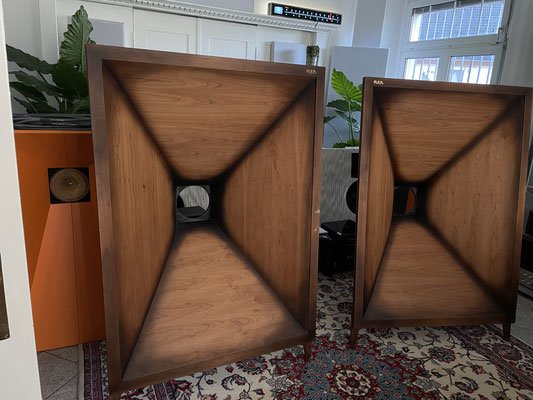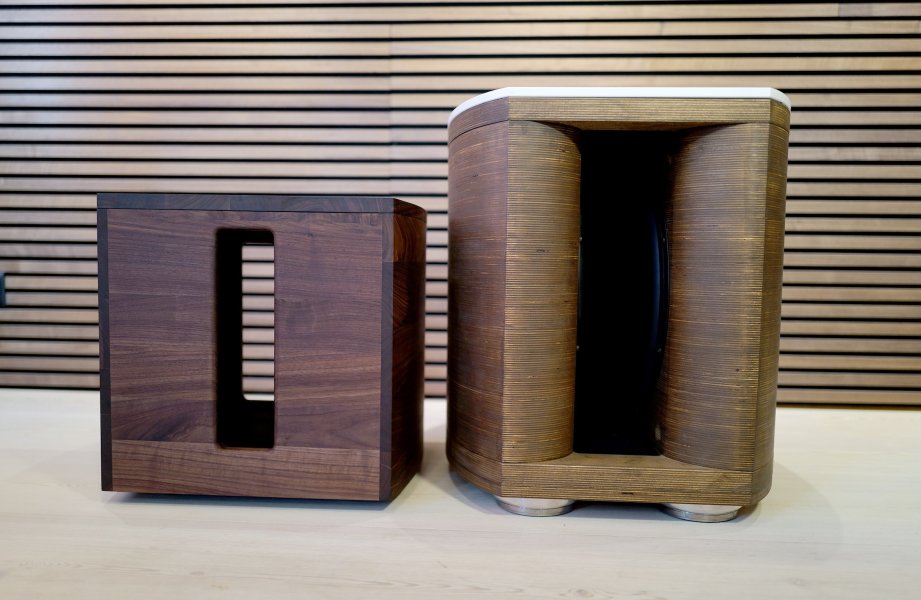My pleasure, Lautreamont!
Yes, you're correct. The Qts parameter of the driver changes value with voltage, which may allow for use in different applications. Low voltage results in high Qts, which can work for a sealed enclosure, or open baffle design. Conversely, high voltage lowers Qts, which may work well for a ported enclosure. Of course, there are always trade-offs. Lowering voltage for a high Qts comes at the cost of sensitivity.
This is very satisfying and good news - thank you very much. I appreciate all the informative posts on this forum - I learn something new every day.
I will try to investigate the matter more in the coming time and then come with a conclusion. It seems that there's a hope that I can find a cabinet that brings the best out of the Rullit and then match it with a single ended amplifier that produces enough power to tame the "beast" of the field coil while ensuring that there is room enough in my apartment.




















